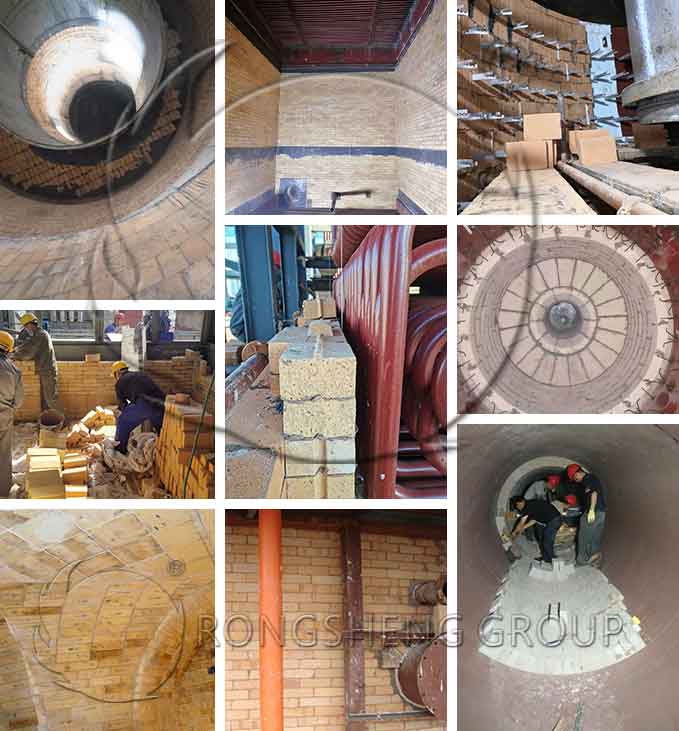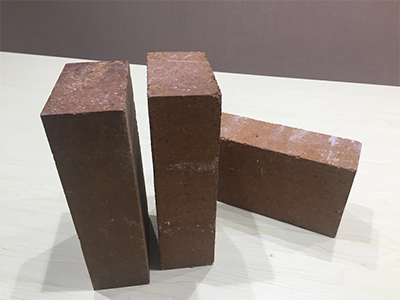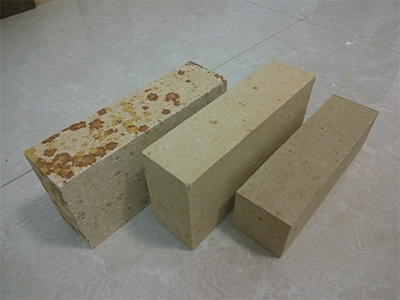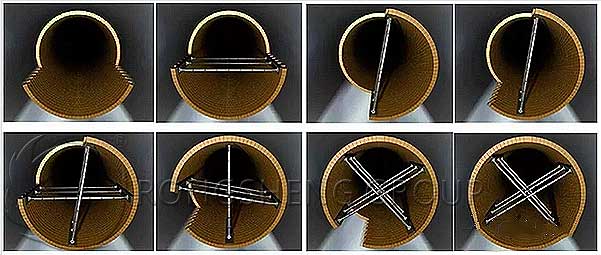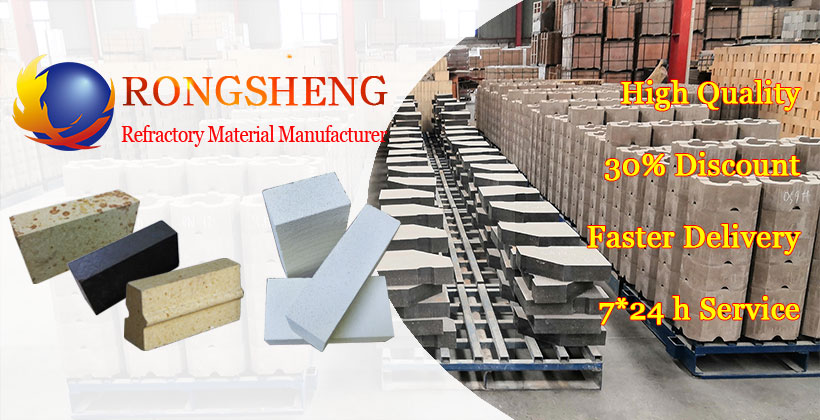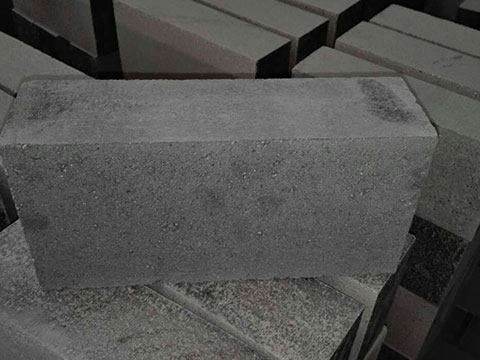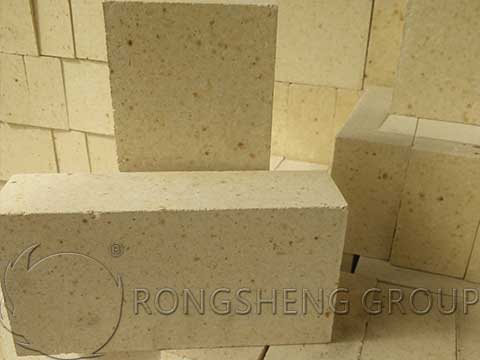Refractory Configuration and Optimization for a 5000t/d Clinker Line (1)
Refractory materials are developing towards environmental friendliness, strong adaptability, and long service life. Rongsheng Refractory Materials Factory supplies refractory materials for kilns used in 5,000 t/d clinker production lines. Rongsheng Refractory Materials Manufacturer leverages its innovative capabilities in refractory castables while focusing on customer needs, aiming to provide high-quality, long-life refractory lining materials for high-temperature industrial furnaces. Contact Rongsheng for free solutions.
Refractory Lining Configuration for a 5,000 t/d Cement Clinker Production Line
This article focuses on the refractory configuration for a 5,000 t/d cement clinker production line. The cement firing system involves a complex chemical process from raw meal to clinker, going through stages such as preheating in the preheater, decomposition in the calciner, high-temperature calcination, and cooling. The refractory materials used in each stage must be adapted to this process.
(1) Preheater System
This system utilizes kiln exhaust gas to gradually heat the raw meal from ambient temperature in a suspended state to above 750°C before entering the precalciner system for decomposition. The amount of refractory material used in this system accounts for nearly two-thirds of the total refractory material used. Its thermal characteristics are:
- 60% of the fuel and the preheated raw meal are thoroughly mixed in the precalciner for flameless combustion. Wall and flue gas temperatures are generally controlled below 1000°C. The temperatures of the other cyclones, from the first to the fifth stage, are not higher than 450°C, 650°C, 750°C, 900°C, 1000°C, and 1100°C, respectively.
- The preheater system calcines the material with virtually no liquid phase, resulting in minimal agglomeration and sintering, and therefore requires less refractoriness. Furthermore, the overall system temperature is relatively stable, requiring less thermal shock resistance from the refractory material.
- The preheater system is a stationary device, but its size is relatively large, requiring insulation materials with low thermal conductivity to reduce the outer shell temperature.
- Due to the complex shape of the preheater system, including cones, cyclone inlet and outlet diameter changes, thin feed pipes, and numerous measuring holes, it is more convenient to use on-site formed refractory castables in these areas.
- When using raw materials and fuels with high alkali content, the refractory materials in the preheater must withstand not only high-temperature corrosion but also chemical attack from alkali metal oxides.
The aforementioned thermal environment generally determines the configuration of refractory materials for each stage of the preheater, and the following principles should be followed:
- Refractory materials with low thermal conductivity, good insulation, and a working surface with sufficient strength and resistance to alkali corrosion should be used.
- Castables should be used for sections with complex shapes and a large number of thin pipes, while alkali-resistant bricks should be used for straight tubes and regular sections.
- Different materials should be designed for different sections based on the different temperatures of the cyclones and to save costs. For example, for the first and second stage cyclones, a combination of refractory and insulation considerations can be considered, and clay-based alkali-resistant refractory materials can be selected. For preheaters below the third stage, alkali-resistant materials capable of temperatures exceeding 1100°C should be used.
- Anti-scaling castables should be used for the refractory castables from the fifth stage to the smoke chamber and below the calciner, as the surface is prone to scaling.
The following is a brief introduction to the selection and dosage of refractory materials for the preheater of a 5000t/d production line:
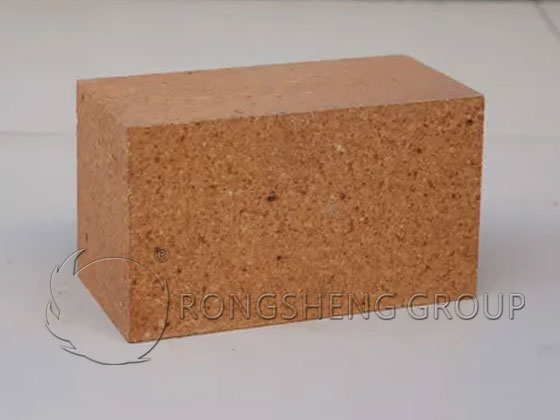
- RK-H High-Strength Alkali-Resistant Bricks
Quantity: 569 tons
Performance:
Application Areas: Vertical ascending flues, cyclone tubes, and cones

- High-strength alkali-resistant castable
Usage: 850 tons
Performance:
Application: Tops of preheater stages 1-4, irregular shapes, etc.
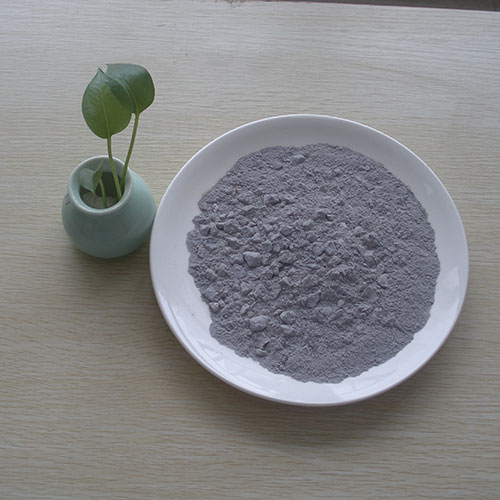
- High-alumina low-cement castable
Usage: 200 tons
Performance:
Application: Precalciner, fifth-stage drum
- Anti-scaling castable
Usage: 112 tons
Performance:
Application Area: Kiln tail flue chamber
- Calcium Silicate Board
Consumables: 156 tons
Performance:
Application area: All refractory linings
(2) Tertiary Air Ducts
Tertiary air ducts utilize high-temperature, oxygen-rich gases from the kiln head to guide the ducting channels of the precalciner. At temperatures of 800-900°C, these gases contain a large amount of clinker particles, which can severely erode and wear the refractory materials at the bends. Therefore, the system’s alkali resistance and wear resistance must be considered. High-strength alkali-resistant bricks and calcium silicate board are used in the straight sections, while high-wear-resistant castables and calcium silicate board are used in the irregular sections.
Currently, two types of tertiary air ducts are used: parallel ducts and V-shaped ducts. Parallel ducts are arranged almost parallel to the kiln, while V-shaped ducts are V-shaped, with a settling chamber and discharge gate valve located at the lower end of the duct.
Parallel ducts are simple in design, aesthetically pleasing, and require minimal investment. However, to prevent clinker particles from settling in the tertiary duct, higher operating air velocities are required, resulting in greater resistance in the tertiary duct. This higher air velocity also requires higher wear resistance from the refractory materials. The V-type duct is more complicated and requires a large investment. It also requires regular dust discharge from the discharge gate valve. However, the V-type duct can adopt a lower operating wind speed, so the system resistance is low, and the wind speed wear is small.
The refractory material usage and performance requirements are as follows:
- RK-H High-Strength Alkali-Resistant Bricks
Usage: 140 tons
Performance: See above
Application: Straight sections of air ducts
- Ultra-High-Strength Wear-Resistant Castable
Usage: 70 tons
Performance:
Application Area: Tertiary duct bends and gates
- Calcium Silicate Board
Consumables: 17 tons
Performance: See above
Application Area: All refractory linings
( To be continued…)
